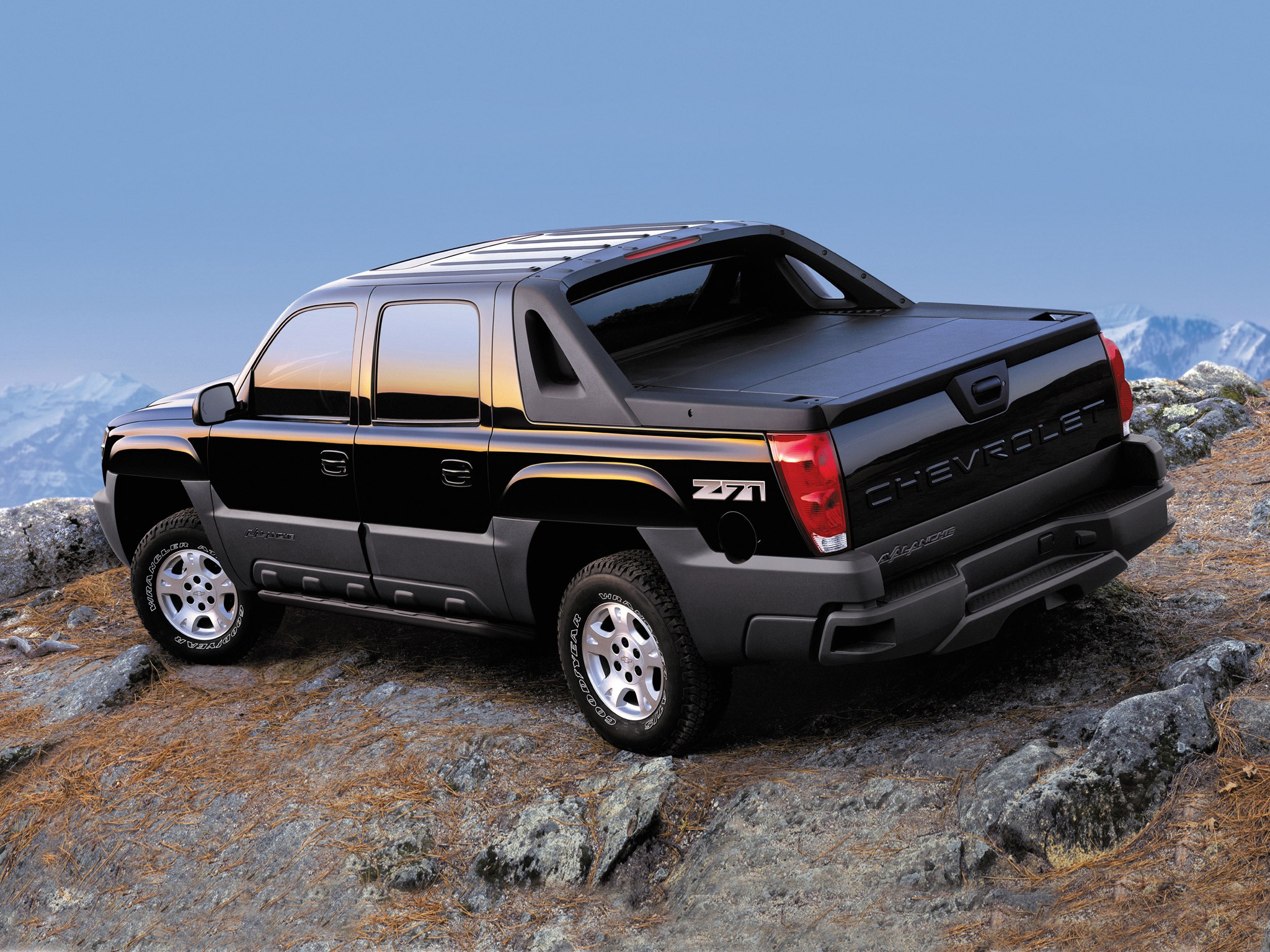Exterior Vehicle Plastic
Today’s exterior vehicle parts and trim are largely made of plastic that if exposed can lead to faded plastic oxidation. These plastics are used to add efficiency in production, reduce overall weight, and create decorative pieces for a vehicle’s exterior. Many different types of plastics are used in manufacturing exterior plastic. Nylons, polystyrene, polycarbonates, weather-able ASA-AES, PVC, polypropylene, polyesters, and urethanes are the most commonly used plastics in these applications. All non-painted exterior plastics on every vehicle are susceptible to plastic fading or oxidation.

Some of the most notorious vehicles for exposed exterior plastic are the Chevy Avalanche and the Jeep Wrangler. These both have above average amounts of plastic and so they are among the hardest to maintain and most noticeable when the plastic fades and oxidizes. If the plastic is not cared for it makes these vehicles look pretty bad. When you see one of these that has properly cleaned and protected plastic, it looks great.
The fading of plastics is a constant battle that most vehicle owners end up losing because they can’t find a solution that keeps for more than a week or two and they deem it not worth it or don’t have the time to keep up with the required maintenance.
What causes exterior car plastic to fade?
Most vehicles have at least a small amount of exterior black or grey plastic. They both fade, but it is much more noticeable on black plastic.
The sun, heat and other elements are almost constantly beating down on the plastic. This causes the already somewhat porous plastics to degrade or oxidize. The result is a faded or lightened color from the original plastic which does not look good but is actually not good for the plastic either. Most vehicles have various plastic parts that are not necessarily made by the same manufacturer. This means that some plastics are not as well made and can potentially degrade faster than other parts. It takes time but it can get to the point of plastics actually completely breaking down, becoming brittle, and falling apart. Depending on where that plastic is on the vehicle, it can actually become a safety hazard if the plastic deteriorates to that point of falling apart.
Many have claimed to have the perfect solution to fixing plastic fading and oxidation but few live up to the claims.
DIY Don’ts
I have seen many mistakes because of bad ideas or bad advice (usually found online under “life hack” articles) that claim to have miracle fixes to this problem that most of us face with our exterior plastics on our vehicles.
Please DO NOT attempt the following;
- Rubbing peanut butter into the plastic
- Spray it with WD-40
- Spray painting the plastic
- Applying used engine oil to the plastic
- Sanding the plastic
- Buffing or compounding the plastic
- Applying cooking oils
- Applying heat to burn/melt the plastic
- Coloring the plastic with a permanent marker
- Applying some type of solvent
These are some of the things I’ve seen people try and at first, might produce a satisfactory result but over time the mistake of trying one of these will show. Many of the articles claiming these things will help neglect to state why they help or how long they will last. Most don’t understand how plastic is actually made and that these things will actually damage the integrity of the plastic to only progress the deterioration of the plastic quicker.
Hiding plastic oxidation
There are so many products out there that claim to fix or restore the faded plastics on vehicle exteriors. Most of them actually look great when first applied. But many of them fall short and begin to lose their darkening effect rather quickly, some within minutes of application. Some do last a week or two but then seem to dry out the plastic and make the oxidation worse than is was before, prompting most people to re-apply the same product again.
Many products produce a high shine, greasy and wet look. While some people like this, it is not the natural or original look of new plastic. New plastic has more of a matte look and does not feel greasy to the touch. A lot of these products can actually cause damage over time and dry out plastics to cause faded plastic oxidation.
Make sure before using any product that you read the labels and instructions completely to understand the proper application process and what kind of results to expect.
True plastic restoration
In my years as an auto detailer and detailing business owner I have always jumped from product to product trying to find the best plastic restorer but have almost always been disappointed. In our plastic restoration service, we use an actual plastic restoration product. It is the only one I’ve used that actually lives up to what it claims to do. The product is called Solution Finish. The exterior plastics, once faded and ugly, will look better than new. Once wiped off properly they are clean to the touch and do not feel greasy or look shiny. The real test is the longevity. In my own experience on my personal vehicle, after a month went by, it looked freshly applied. It took a full 6 or 7 months of Utah weather to show any signs of fading again.
The beauty of this product is that it actually restores the plastic and is not just a greasy filler that covers up the fading. It actually restores and reverses the oxidation that has occurred. This is a professional-grade product and service that is truly worth paying for.
Fixing faded vehicle plastic
Whatever product or service you end up going with to restore your faded exterior vehicle plastic make sure you know how to and/or understand what the results will be.
by Chris Blaisdell, CD, Onsite Detail


